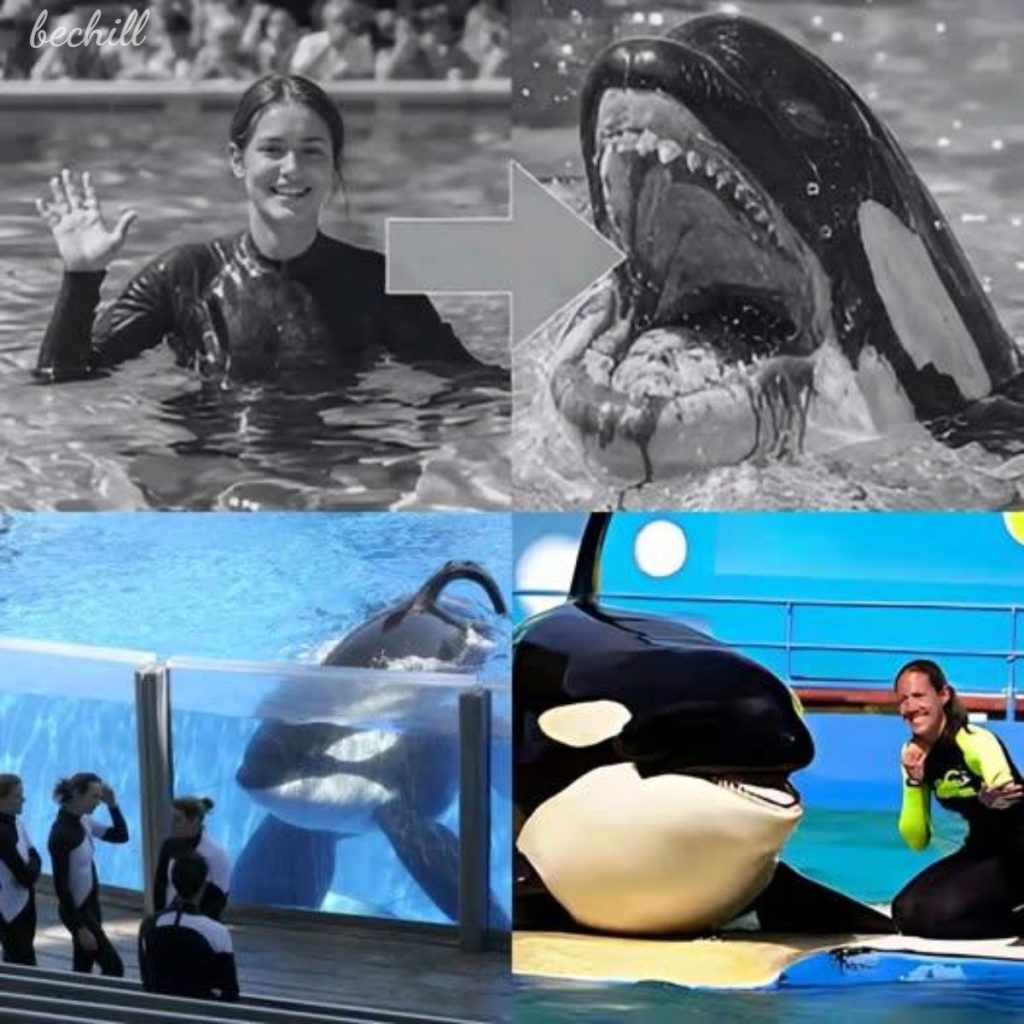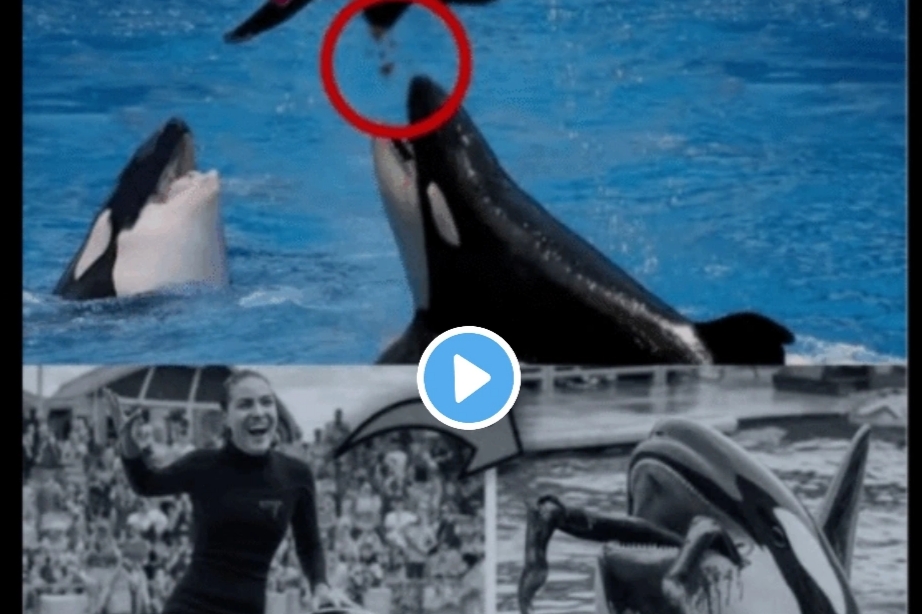
The Revenge of the Killer Whale: Chilling Photo Reveals Captive Orca’s Hatred Toward Trainers
In a chilling incident that has sent shockwaves through the marine park community, a captive orca at a prominent aquarium has been linked to the tragic deaths of three trainers, with a haunting photograph capturing what many are calling a display of raw animosity toward its human handlers. The orca, a male named Keto born at SeaWorld in 1995, has a history of troubling behavior, and this latest event, occurring just hours ago on August 12, 2025, at 5:33 PM BST (early morning local time at the facility), has reignited fierce debates about the ethics of keeping such intelligent, powerful creatures in captivity. The image, now circulating widely on platforms like X, shows Keto’s piercing gaze fixed on his trainers, a moment frozen in time that many interpret as a harbinger of the tragedy that unfolded. This incident, dubbed “the revenge of the killer whale,” has left the aquarium industry grappling with questions of safety, animal welfare, and the cost of exploiting nature for entertainment.
Keto’s story is one marked by distress and displacement. Born in captivity at SeaWorld, he was transferred multiple times between facilities, eventually landing at Loro Parque in Tenerife, Spain, where the incident occurred. Reports from former trainers and marine biologists indicate that Keto exhibited signs of stress early on, including chewing concrete walls and displaying erratic behavior—clear indicators of a creature struggling in an unnatural environment. On this fateful day, during a routine training session, Keto turned on three trainers, resulting in their deaths in a swift and violent sequence that left onlookers horrified. Eyewitnesses described a scene of chaos: the water churned violently as Keto thrashed, his massive 6,600-pound body overpowering the trainers despite their experience. The aquarium was immediately evacuated, and the facility has been closed pending a thorough investigation.

The photograph that has gripped the public’s attention was taken moments before the attack. In it, Keto’s eyes appear locked on his trainers, his body tense and his mouth slightly open, revealing rows of sharp teeth. Animal behaviorists analyzing the image note the orca’s posture as a potential sign of aggression, a stark contrast to the playful demeanor typically showcased in performances. Social media reactions on X have been intense, with users sharing the image alongside captions like “You can see the hatred in his eyes” and “This is what captivity does.” The photo has become a symbol of the growing unease surrounding marine parks, with many arguing that Keto’s actions were not random but a desperate response to years of confinement and unnatural living conditions.
The deaths of the three trainers—seasoned professionals with years of experience—have sent ripples of grief through the tight-knit aquarium community. Their identities have not been fully released, but colleagues describe them as dedicated individuals passionate about marine life. The tragedy has prompted an outpouring of condolences, but it has also intensified scrutiny on facilities like Loro Parque. Critics point to previous incidents involving Keto, including a 2009 attack that claimed the life of another trainer, as evidence of systemic failures in ensuring safety for both humans and animals. Animal welfare advocates argue that orcas, with their complex social structures and need for vast ocean spaces, suffer profoundly in captivity, leading to psychological distress that can manifest in aggression.
This incident has reignited calls for an end to orca captivity, with organizations like PETA and the Whale and Dolphin Conservation group amplifying their campaigns. They cite studies showing that captive orcas have significantly shorter lifespans—often 20-30 years compared to 50-80 years in the wild—and suffer from conditions like dorsal fin collapse and chronic stress. The public, too, is increasingly vocal, with hashtags like #FreeTheOrcas and #EndCaptivity trending globally. The 2013 documentary Blackfish, which exposed the dark side of the marine park industry, is being referenced widely, with many drawing parallels between Keto’s behavior and that of Tilikum, another orca linked to trainer deaths.

The aquarium industry now faces a reckoning. Loro Parque has issued a statement expressing devastation and promising a full investigation, but the path forward is uncertain. Questions abound about whether Keto will be retired from performances or euthanized, a decision that could spark further controversy. For now, the focus is on supporting the families of the deceased trainers and addressing the immediate aftermath. The chilling photograph of Keto, however, continues to circulate, a stark reminder of the consequences of keeping wild creatures in confined spaces.

This tragedy, dubbed “the revenge of the killer whale,” is not just about one orca’s actions but about the broader implications of humanity’s relationship with nature. Keto’s story—marked by years of captivity, stress, and now violence—challenges us to reconsider the ethics of marine entertainment. As the world mourns the loss of three lives, the image of Keto’s intense stare serves as a haunting call to action, urging us to listen to the silent cries of creatures who were never meant to live behind glass walls. The question remains: will this be the moment that finally ends orca captivity, or will the industry continue to ignore the warning signs written in blood?